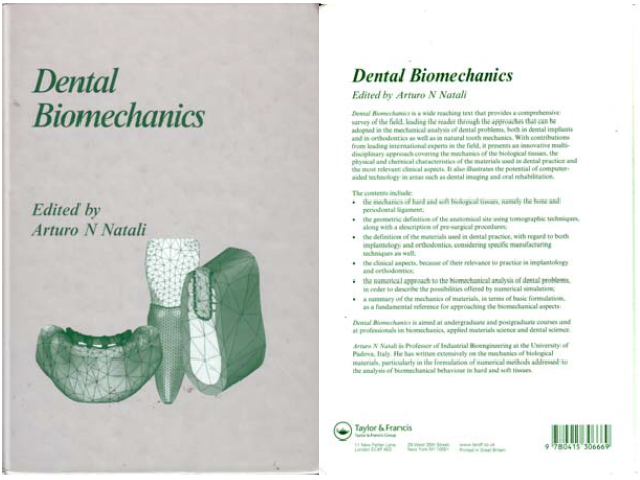Natali, A. Ed. 2003. Dental Biomechanics. – New York, Taylor & Francis
Abstract
As someone focused on the function and wear of dentitions and with the general interest of vertebrate palaeontologists as a whole in mind, I was initially anticipating to find the text, ‘Dental biomechanics’, to be completely composed of chapters I would find useful for my specific purposes. For various reasons, probably largely due to the dual meaning in science of the term ‘dental’, I was slightly disappointed. To me and many others, ‘dental’ refers to teeth specifically – but to most, especially the medical community, the authors of this book, and to its apparent target audience, ‘dental’ in the title refers to dental medicine and surgery (orthodontics). Still, as I hope this revue will elucidate, much of vital importance to the vertebrate functional morphologists can be learned from this text. This can be seen especially from some of the chapters (see chapter 2 below) that deal with concerns often neglected due to our usual oversimplified views on how tissues interact.
Ironically, despite the heavy use of materials engineering mathematics, the chapter introducing the mechanics of materials (by Natali et al.) is the last chapter, and the first one covers the mechanics of bone (by Natali et al.). Throughout the book, it seems as if the order of the chapters is partly arbitrary. For this reason, I will briefly review each of the chapter categories I can identify in an order that I would suggest reading them, then follow it with some general comments.
Downloads




